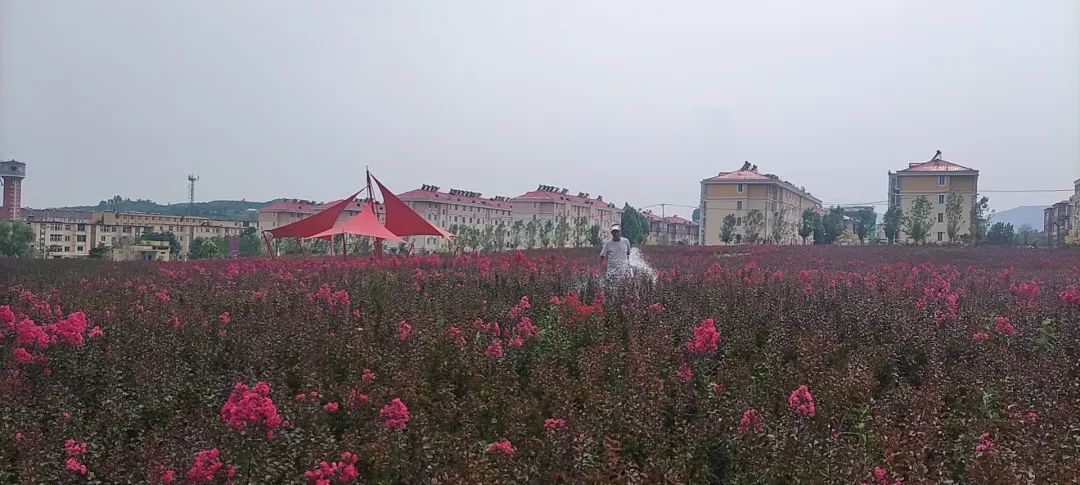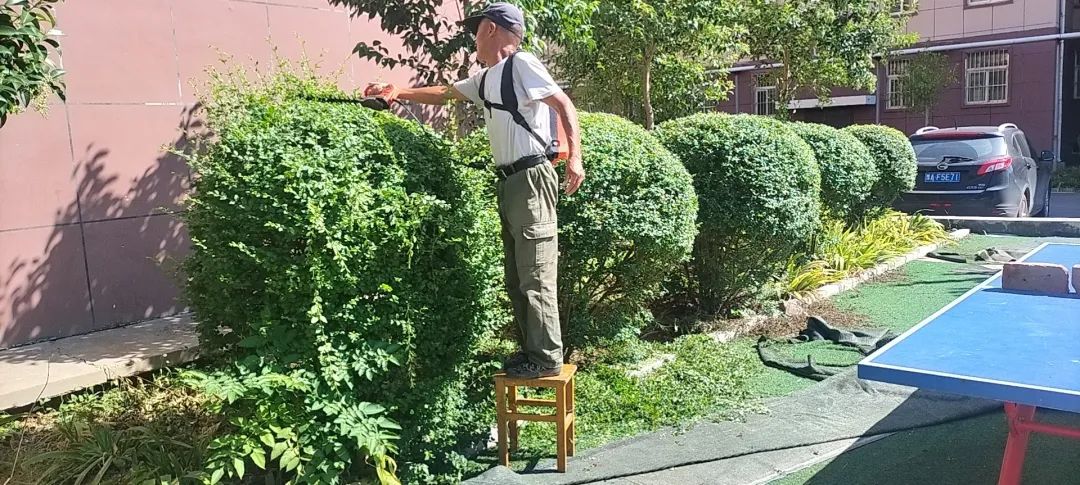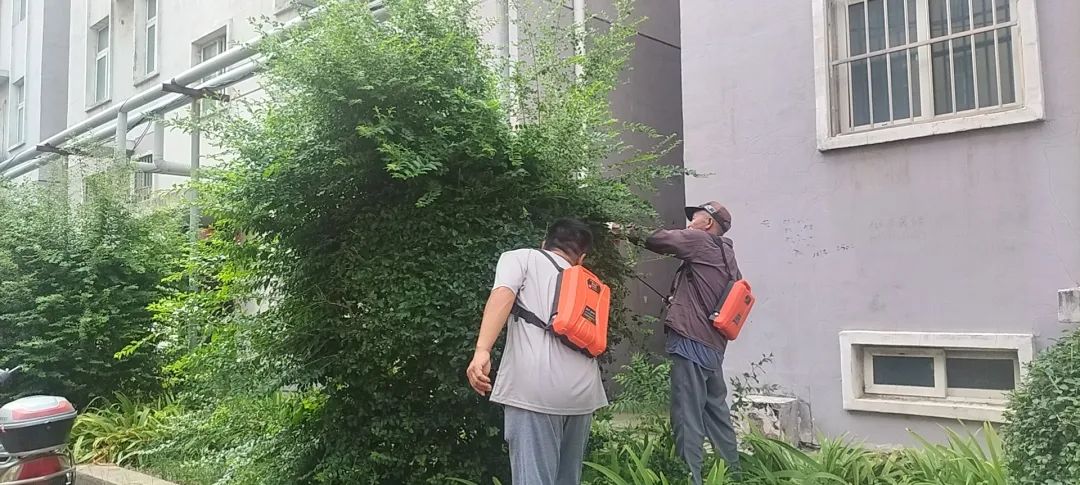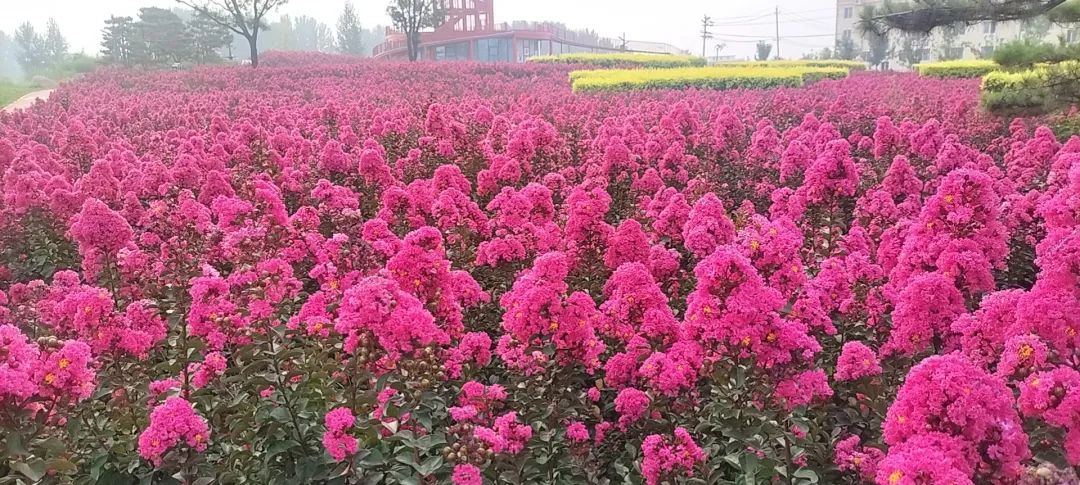Key points for garden maintenance after the beginning of autumn

1、 Watering
Although the temperature gradually decreases after the beginning of autumn, there may still be high temperature weather, and the autumn climate is relatively dry, so it is still necessary to water the soil according to its moisture content in a timely manner to keep the soil moderately moist. Generally, water can be poured every 7-10 days.
2. Watering time should be chosen in the early morning or evening, avoiding watering during the high temperature period at noon to prevent damage to plant roots caused by excessive water temperature.


2、 Fertilization
Autumn is another peak period for plant growth, and appropriate fertilization can be applied to supplement the nutrients needed for plant growth. Compound fertilizers or organic fertilizers such as composted manure and compost can be applied.
2. The amount of fertilizer should be determined based on the growth of plants and soil fertility, generally ranging from 5-10 kilograms per square meter. When fertilizing, pay attention to evenly spreading and thoroughly mixing with the soil.

3、 Trimming
After the beginning of autumn, a comprehensive pruning of garden plants can be carried out. Cut off dead branches, diseased branches, weak branches, and overly dense branches to improve the ventilation and light transmission conditions of the plant and reduce the occurrence of pests and diseases.
2. For some flowering shrubs such as roses and wisteria, pruning can be done after flowering to promote the germination of new branches and the formation of flower buds.
3. When pruning, pay attention to using sharp pruning tools and disinfect them to prevent the spread of bacteria.


4、 Disease and pest control
1. Autumn is a high incidence period for pests and diseases. It is necessary to strengthen the monitoring of pests and diseases in garden plants, detect them in a timely manner, and take effective prevention and control measures.
2. Common pests and diseases include aphids, spider mites, powdery mildew, black spot disease, etc. A combination of biological control, physical control, and chemical control methods can be used for prevention and control.
3. Biological control can utilize natural enemies such as insects and beneficial microorganisms for prevention and control; Physical control can use yellow and blue boards to lure and kill pests such as aphids and thrips; Chemical control can use pesticides for spraying, but it is important to choose low toxicity, high efficiency, and environmentally friendly pesticides and strictly follow the instructions for use.
 5、 Weeding and weeding
5、 Weeding and weeding
In autumn, weeds grow vigorously and compete with garden plants for nutrients and water, affecting plant growth. Timely weeding is necessary to maintain the cleanliness of the garden.
2. Weeding can be achieved through a combination of manual and chemical methods. When manually weeding, attention should be paid to uprooting and preventing weeds from growing again; Chemical weed control requires selecting appropriate herbicides and strictly following the instructions for use.


6、 Cold preparation
1. After the beginning of autumn, the temperature gradually decreases, so it is necessary to prepare the garden plants for cold in advance. For some plants that are not cold resistant, measures such as covering with insulation materials and building wind barriers can be taken to prevent cold.
2. A layer of insulation material such as straw, leaves, and sawdust can be covered around the roots of plants to increase soil temperature and protect the roots. For some tall trees, wind barriers can be built to reduce the damage of cold winds to plants.

Disclaimer: The above content is sourced from the internet and the copyright belongs to the original author. If there are any copyright issues with the work, please let us know and we will handle them promptly!